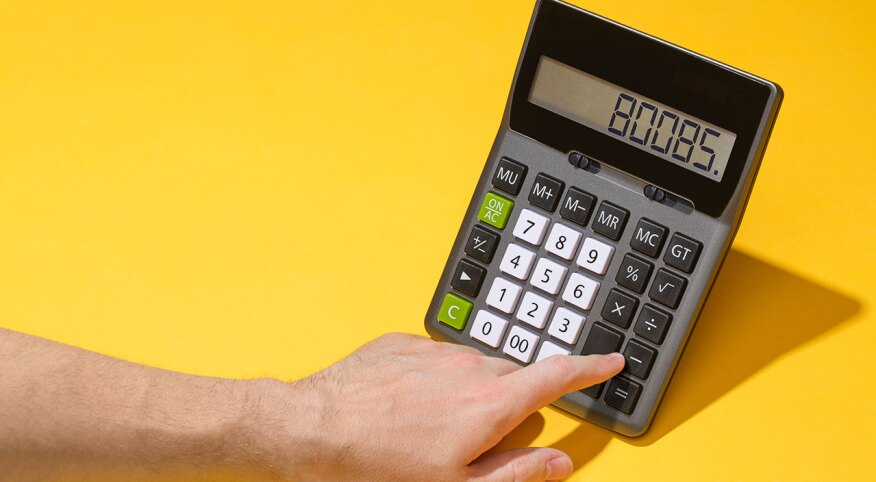They can sneak up on the middle-aged guy, revealing themselves in the harsh light of the bathroom. Are those man boobs?
About half of men over age 50 show some increase in breast tissue, according to Bradley Anawalt, M.D., an endocrinologist and professor at the University of Washington. But are you actually growing man boobs? Let’s take a closer look.
First things first: Are you overweight? If you’re like most men in their 40s and 50s, you’ve been packing on a few pounds a year since grunge was at peak popularity, and it’s easier to add fat than muscle to your frame.
But having extra fat on your frame isn’t the same as man boobs, or what serious adults call gynecomastia. To diagnose that, you’re going to have to touch your nipples.
Actual man boobs have “a characteristic rubbery feel, almost like a Frisbee,” Anawalt says. There’s a roundish disc of tissue under the nipple, “and you can actually kind of move this disc of breast tissue between your fingers.” It’s about the size of the nipple or slightly larger.
If it’s an inch or less, “I tell that person that’s a normal variant. And it doesn’t mean anything.” In that case, chances are you’ve just packed on pounds around your chest. A little excess fat can create “pseudo gynecomastia,” which is as phony as it sounds. A man who was fit in his 20s and 30s might mistake general sagginess for breasts. Your skin, too, loses elasticity as you age, accentuating any sag factor — especially if you were generally fit but have stopped exercising.
But if that round disc of tissue is more like 2 inches, it’s time for further evaluation, Anawalt says. Another clue: Is there soreness (not just sensitive nipples)? If it hurts there a little bit when you give somebody a hug, put that in your Warning Signs column.
Breast development usually means your ratio of testosterone and estrogen production is off just slightly, in favor of estrogen. This happens naturally at birth, at puberty and then around ages 35 to 40, when most men start making a little less testosterone each year than they did before. A little less testosterone, a little more fat and voilà! You may see what appear to be incipient breasts. And you may want to consult an endocrinologist.
Your doctor may ask about lifestyle factors that are playing a role. Estrogen-mimicking chemicals in certain lotions, shampoos, even fumes from glues and paints in your hobby shop can tweak your ratio in the wrong direction, Anawalt says. Your doc will want to know about any new substances in your life. Lavender oil, for instance, can affect your estrogen production, according to Anawalt.
If gynecomastia is in the acute, growing phase, there are anti-estrogen medications, like tamoxifen, that can help. Surgery is an option if the condition is chronic and you’re extremely bothered by it. The breast reduction is performed by a specialist (often a plastic surgeon) and usually leaves little evidence. But it’s also a last resort: “Most men don’t need surgery,” Anawalt says.

Justin Poulsen




